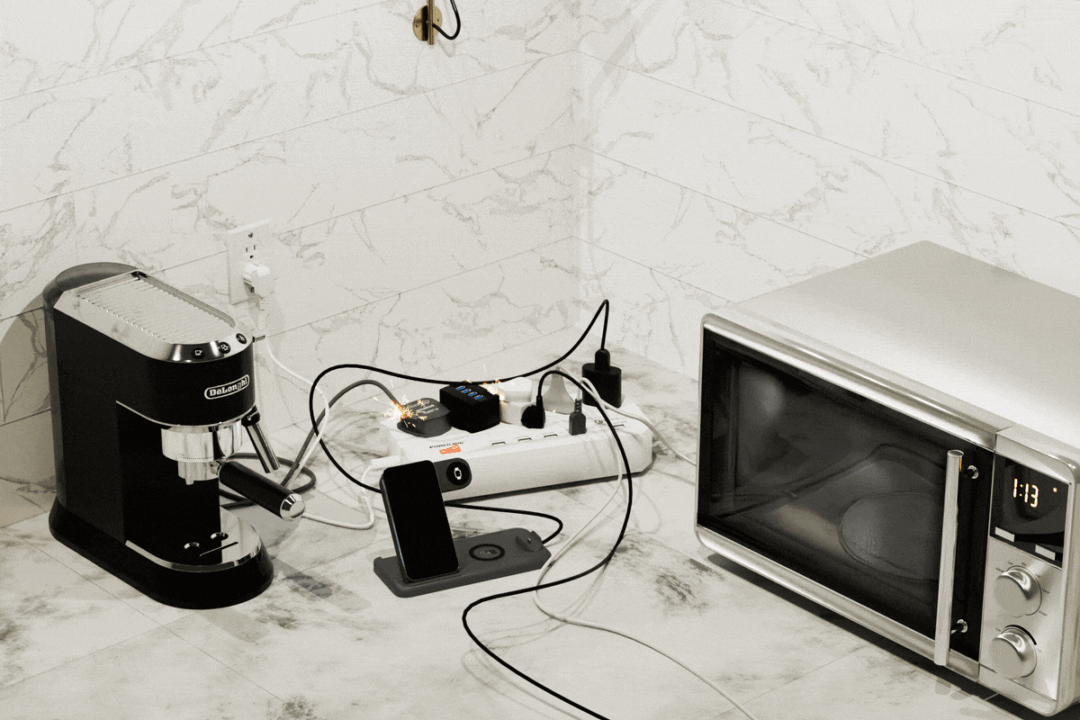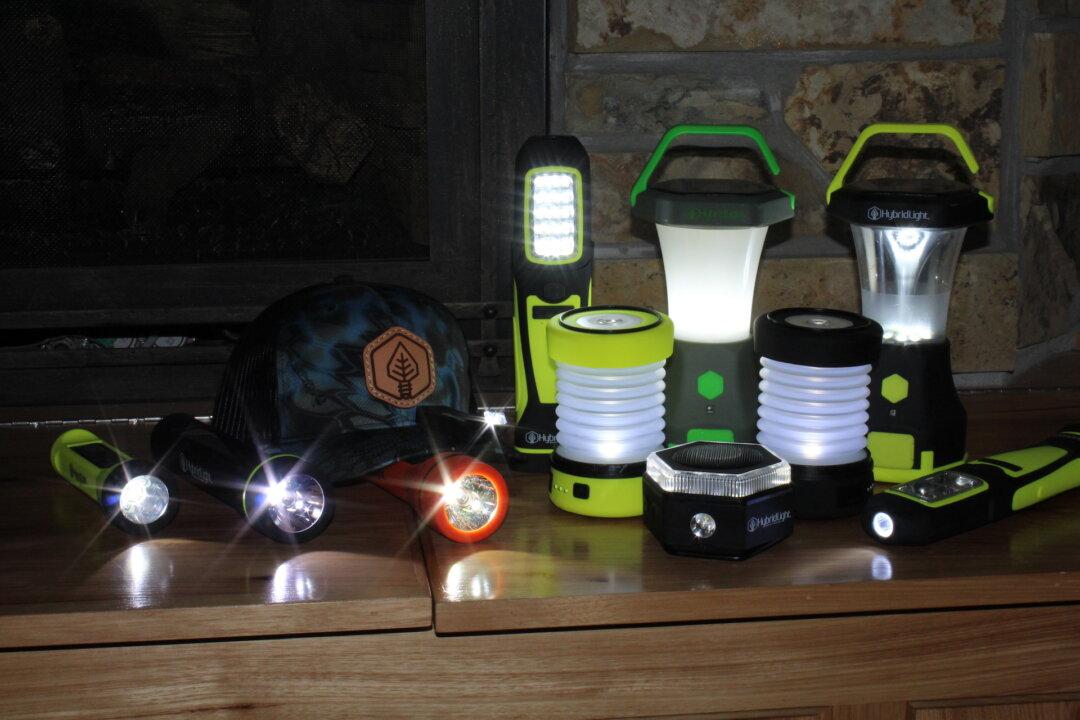“Be prepared” is more than the motto of the Boy Scouts—it is also a good idea when facing the potentially poor conditions of winter driving.
Snow, ice, and freezing temperatures play havoc with roads, vehicles, and drivers, but with a bit of preparation, they can all be dealt with in stride. The trick is to be ready to react if the weather negatively affects driving conditions.






